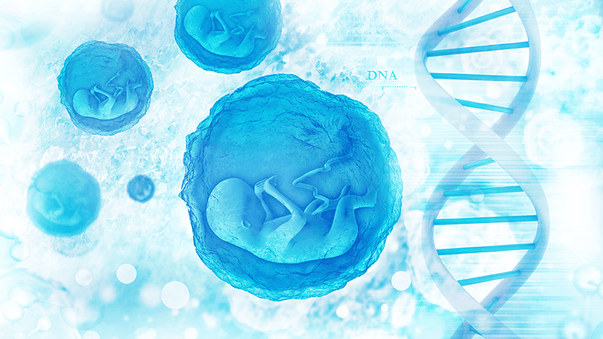2018 Nobel Prize for Cancer Immunotherapy

The Nobel Assembly at Karolinska Institutet has awarded the 2018 Nobel Prize in Physiology or Medicine jointly to James P. Allison and Tasuku Honjo for their discovery of cancer therapy by inhibition of negative immune regulation.
“By stimulating the inherent ability of our immune system to attack tumor cells this year’s Nobel Laureates have established an entirely new principle for cancer therapy,” notes the announcement. “The treatment, often referred to as ‘immune checkpoint therapy,’ has fundamentally changed the outcome for certain groups of patients with advanced cancer.”
The new Nobel laureates succeeded where others had failed by deciphering exactly how cells were interacting so they could fine-tune methods to control the immune system,” notes New York Times.
“It’s a big challenge,” Allison told NYT. “But we know the basic rules now. It’s just a matter of more hard work to put things together based on science.” Allison added that, when checkpoint inhibitors work, patients “are good to go for a decade or more.”
“When I’m thanked by patients who recover, I truly feel the significance of our research,” said Honjo, as reported by NYT. “I’d like to continue researching cancer for a while so that this immunotherapy will help save more cancer patients than ever before.”
Natural compound enhances health and lifespan in aged mice. Scientists at University of Minnesota Medical School have shown that treatment of aged mice with the natural product Fisetin, found in many fruits and vegetables, has significant positive effects on health and lifespan. A study published in EBioMedicine indicates that Fisetin reduces the level of age-damaged cells in the body. By treating mice towards the end of life with this compound, the researchers achieved improvements in health and lifespan.
Natural killer cells boost cancer immunotherapy. Cancer researchers at University of Central Florida have discovered a way to enhance cancer immunotherapy by using the body's own natural killer cells in a new way. A research paper published in OncoImmunology indicates that natural killer cells, stimulated with the nanoparticles developed in the lab, can induce a tumor to present a molecule called PDL1, which can be effectively targeted with a new immunotherapy drug. The method led to improved survival rates in mice with cancer.
Tiny magnetic devices swim in the body and carry drugs. Researchers at the University of Exeter have created miniature magnetic swimming devices that mimic the appearance of sperm cells. The devices, described in a study published in Physics of Fluids, are as small as one millimeter, and consist of a magnetic head and flexible tail that allows them to “swim” to a specific location when activated by a magnetic field. According to the scientists, the new devices could be used to deliver drugs to specific areas of the body, and so dramatically improve treatment time and success.
Computer-assisted splitting and recombination of proteins. Biophysicists at Penn State College of Medicine have developed a computer-guided algorithm that permits finding the right spot to split a protein and then reassemble it to functionality. Proteins can be split using light and chemical signals, but finding the precise spot to make the split is a hard challenge. Using the new algorithm, described in a research paper published in Nature Communications, bioengineers can split and reassemble proteins on demand. The scientists are persuaded that the research could have far-reaching implications, for example in CAR T-cell therapy.
3D-bioprinted structures with living cells and sensors. Scientists at the University of Copenhagen and other labs have developed a way to enable non-invasive monitoring of oxygen metabolism in cells that are 3D-bioprinted into complex living structures. A research paper published in Advanced Functional Materials shows how bioinks functionalized with sensor nanoparticles can be calibrated and used, e.g. for monitoring algal photosynthesis and respiration as well as stem cell respiration in bioprinted structures with one or several cell types. According to the scientists, 3D bioprinting with functionalized bioinks is a new powerful technology that can be applied in many other research fields than biomedicine.
More Articles
Don't miss a beat! In our Pulse Newsletter, Thrivous curates the most important news on health science and human enhancement, so you can stay informed without wasting time on hype and trivia. It's part of the free Thrivous newsletter. Subscribe now to receive email about human enhancement, nootropics, and geroprotectors, as well as company news and deals.
Read more articles at Thrivous, the human enhancement company. You can browse recent articles in Thrivous Views. See other Pulse Newsletter articles. Or check out an article below.
-
Corrective Gene Editing Before Birth
The scientists who demonstrated a first example of corrective gene editing to treat a disease in utero in animal models ...
-
Boswellia Serrata for Joint Health
Our ancestors have used many traditional therapeutic botanicals from places like India and China for a variety of health benefits ...


